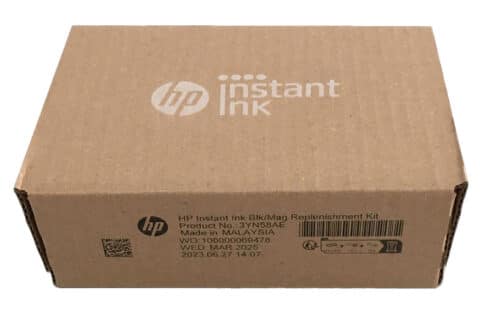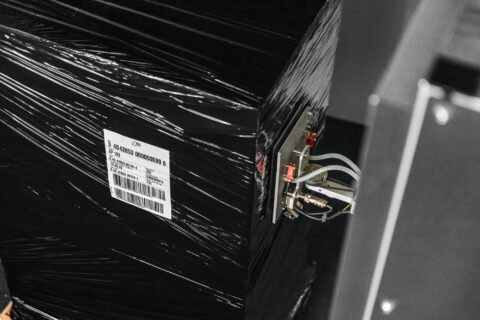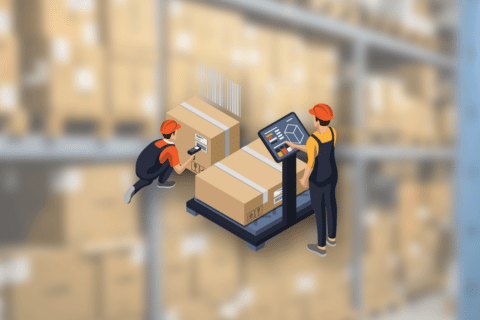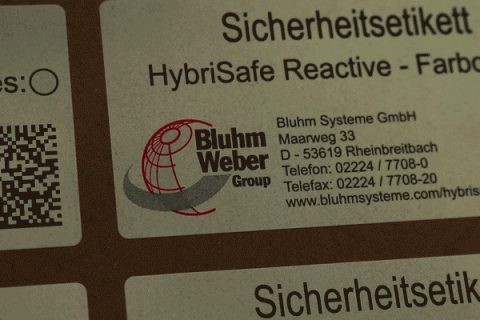Periodical physical inventory of articles for sale, component parts, raw materials and other valuable assets is a necessary evil for many companies. While it’s true that barcode labels have absolutely simplified the automatic identification and data capture, RFID technology can save even more time, nerves and personnel costs!
One of the major reasons is that employees will not have to grab and turn each single product in order to find its barcode. Instead, they can scan multiple items simultaneously and in passing. If one particular object cannot be found at where it is supposed to be, it is possible to scan larger areas from a distance with the RFID reader until the missing tag responds.
With the right setup of hard- and software, RFID also enables a fully automated inventory and a nominal-actual comparison in real-time, throughout all goods movements and process chains.
Advantages of RFID over barcodes
With its many advantages, RFID technology offers an interesting alternative to barcodes in order to register inventory in stores and warehouses quickly and correctly. Here’s why:
The RFID reader does not require visual contact
When within the RFID reader’s range, data from RFID transponders can be captured without visual or physical contact. The radio signals can penetrate different materials from plastics to carton or wood. Barcode scanners, on the other hand, depend on the laser beam or camera being aimed directly at the barcode.
Bulk reading boosts efficiency
RFID readers can capture hundreds of transponders simultaneously. Barcodes must be scanned one at a time.
RFID tags are robust and discreet
Not only can RFID tags be incredibly small in size (<1 mm). They can also be scanned reliably even if they are covered with dirt or if they are damaged on the outside. For barcode labels, these factors are most likely to result in scan errors.
RFID chips are rewritable
The information stored on RFID chips can be changed, enhanced, overwritten or deleted as needed. Barcodes, once printed, cannot be edited. Furthermore, barcode labels are usually not reused.
Additional memory for rich data
Additional memory can be added to an RFID transponder in order to store more data to an object (e.g. production data, maintenance data, characteristics) for advanced queries or targeted searches. Barcodes can only contain a limited number of characters.
Supplementary sensors provide more insight
RFID chips can be coupled with special sensors to monitor, store and transmit data about environmental influences such as temperature, humidity or UV light.
RFID labeling provides advanced security
Several security measures for authentication, encryption and copy protection are possible with RFID technology.
Does this mean barcodes are dead?
Of course not! Both methods play to their strengths in various applications. Nevertheless, you should consider RFID technology especially if your physical inventory causes long shutdown times and high labor costs. Want to know more about efficient labeling systems for your business? Contact us for a FREE expert consultation!
Learn more about RFID labeling


















